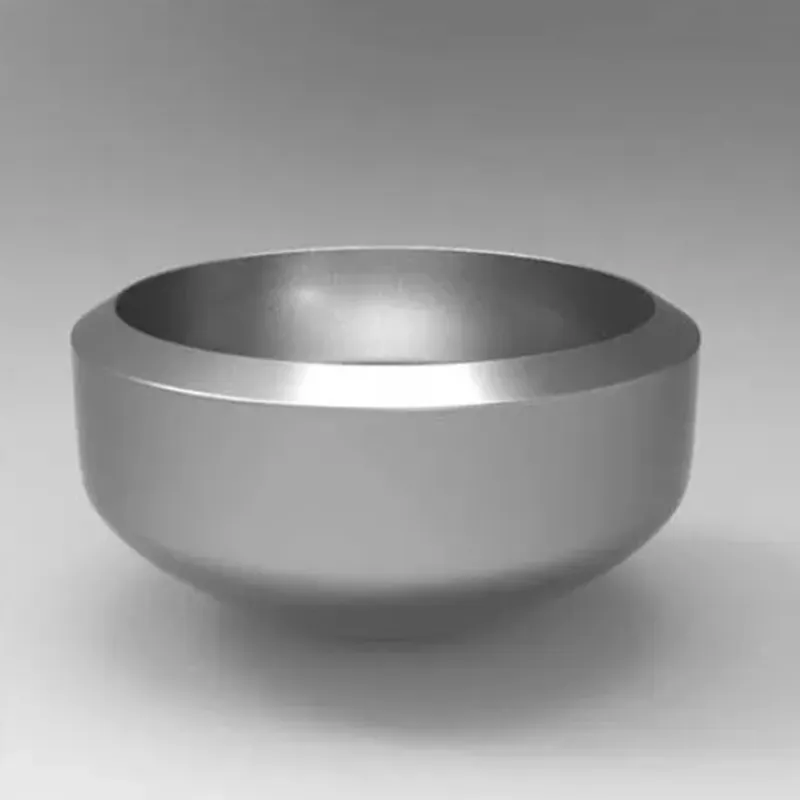-
Cangzhou Yulong Steel Co., Ltd.
-
Phone:
+86 13303177267 -
Email:
admin@ylsteelfittings.com
- English
- Arabic
- Italian
- Spanish
- Portuguese
- German
- kazakh
- Persian
- Greek
- French
- Russian
- Polish
- Thai
- Indonesian
- Vietnamese
- Zulu
- Korean
- Uzbek
- Hindi
- Serbian
- Malay
- Ukrainian
- Gujarati
- Haitian Creole
- hausa
- hawaiian
- Hebrew
- Miao
- Hungarian
- Icelandic
- igbo
- irish
- Japanese
- Javanese
- Kannada
- Khmer
- Rwandese
- Afrikaans
- Albanian
- Amharic
- Armenian
- Azerbaijani
- Basque
- Belarusian
- Bengali
- Bosnian
- Bulgarian
- Catalan
- Cebuano
- China
- China (Taiwan)
- Corsican
- Croatian
- Czech
- Danish
- Esperanto
- Estonian
- Finnish
- Frisian
- Galician
- Georgian
- Kurdish
- Kyrgyz
- Lao
- Latin
- Latvian
- Lithuanian
- Luxembourgish
- Macedonian
- Malgashi
- Malayalam
- Maltese
- Maori
- Marathi
- Mongolian
- Myanmar
- Nepali
- Norwegian
- Norwegian
- Occitan
- Pashto
- Dutch
- Punjabi
- Romanian
- Samoan
- Scottish Gaelic
- Sesotho
- Shona
- Sindhi
- Sinhala
- Slovak
- Slovenian
- Somali
- Sundanese
- Swahili
- Swedish
- Tagalog
- Tajik
- Tamil
- Tatar
- Telugu
- Turkish
- Turkmen
- Urdu
- Uighur
- Welsh
- Bantu
- Yiddish
- Yoruba

Nov . 09, 2024 03:32 Back to list
Understanding Plate Flanges and Their Applications in Mechanical Engineering
Understanding Plate Flanges An Essential Component in Engineering and Construction
In the realm of engineering and construction, the importance of reliable, efficient components cannot be overstated. One such vital component is the plate flange. Often overlooked, plate flanges play an integral role in a variety of applications, from piping systems to structural assemblies. This article aims to provide a comprehensive understanding of plate flanges, their types, applications, and the key considerations involved in their use.
What is a Plate Flange?
A plate flange is a type of mechanical component that is designed to join two sections of pipe, a pipe to a vessel, or two pieces of machinery together. It consists of a flat piece of metal, typically circular or rectangular in shape, with holes drilled around the perimeter for bolts or screws. These flanges can be made from various materials, including steel, stainless steel, aluminum, and even plastic, depending on the specific requirements of the application.
Types of Plate Flanges
Plate flanges come in a variety of designs, each suited for different applications and environments
. The most common types include1. Weld Neck Flange This type features a long tapered hub that gradually welds to the pipe. It is especially useful in applications where a strong, pressure-tight connection is required.
2. Slip-On Flange As the name suggests, this flange fits over the pipe, allowing for easy assembly and alignment. It is generally used in lower-pressure applications.
3. Blind Flange A solid flange that does not have any holes, the blind flange is used to seal the end of a pipe or pressure vessel.
4. Socket Weld Flange This type has a socket into which the pipe is inserted and welded, leading to a strong and reliable connection.
5. Lap Joint Flange This flange is used with a matching stub end and is not welded directly to the pipe, allowing for easy alignment.
Applications of Plate Flanges
plate flange

Plate flanges are found in a myriad of industries, including oil and gas, chemical processing, water treatment, and construction. They are instrumental in
- Piping Systems Connecting different lengths and types of pipes, flanges ensure the integrity and leak-proof operation of piping systems.
- Pressure Vessels Flanges can serve as access points for maintenance or inspection in pressure vessels, ensuring safety and compliance with industry regulations.
- Structural Applications In construction, plate flanges connect beams, columns, and other structural elements, providing stability and strength.
Considerations When Using Plate Flanges
When selecting and utilizing plate flanges, there are several key considerations
1. Material Selection The choice of material is critical and should consider the operating environment, including temperature, pressure, and exposure to corrosive substances.
2. Pressure Rating Ensure that the flange selected is suitable for the pressure requirements of the system. Flanges are rated based on different pressure classes, and selecting the correct rating is vital for safety.
3. Bolt Specifications The size, grade, and type of bolts used with flanges can significantly affect the seal integrity. Proper torque specifications must also be adhered to in order to prevent leaks.
4. Standards and Compliance Different industries have specific standards for flange design, materials, and fabrication. Compliance with these regulations is essential to ensure safety and functionality.
Conclusion
Plate flanges are crucial components in modern engineering and construction, providing effective solutions for connecting pipes and equipment across various applications. Understanding the types, applications, and considerations of plate flanges allows engineers and builders to select the correct components that meet their specific needs. As industries continue to evolve and demand more complex systems, the role of plate flanges will undoubtedly remain vital in ensuring safety, reliability, and performance in engineering solutions. By investing in the right flanges and adhering to best practices, projects can achieve their desired outcomes efficiently and effectively.
Latest news
-
ANSI 150P SS304 SO FLANGE
NewsFeb.14,2025
-
ASTM A333GR6 STEEL PIPE
NewsJan.20,2025
-
ANSI B16.5 WELDING NECK FLANGE
NewsJan.15,2026
-
ANSI B16.5 SLIP-ON FLANGE
NewsApr.19,2024
-
SABS 1123 FLANGE
NewsJan.15,2025
-
DIN86044 PLATE FLANGE
NewsApr.19,2024
-
DIN2527 BLIND FLANGE
NewsApr.12,2024
-
JIS B2311 Butt-Welding Fittings LR/SR 45°/90° /180°Seamless/Weld
NewsApr.23,2024











